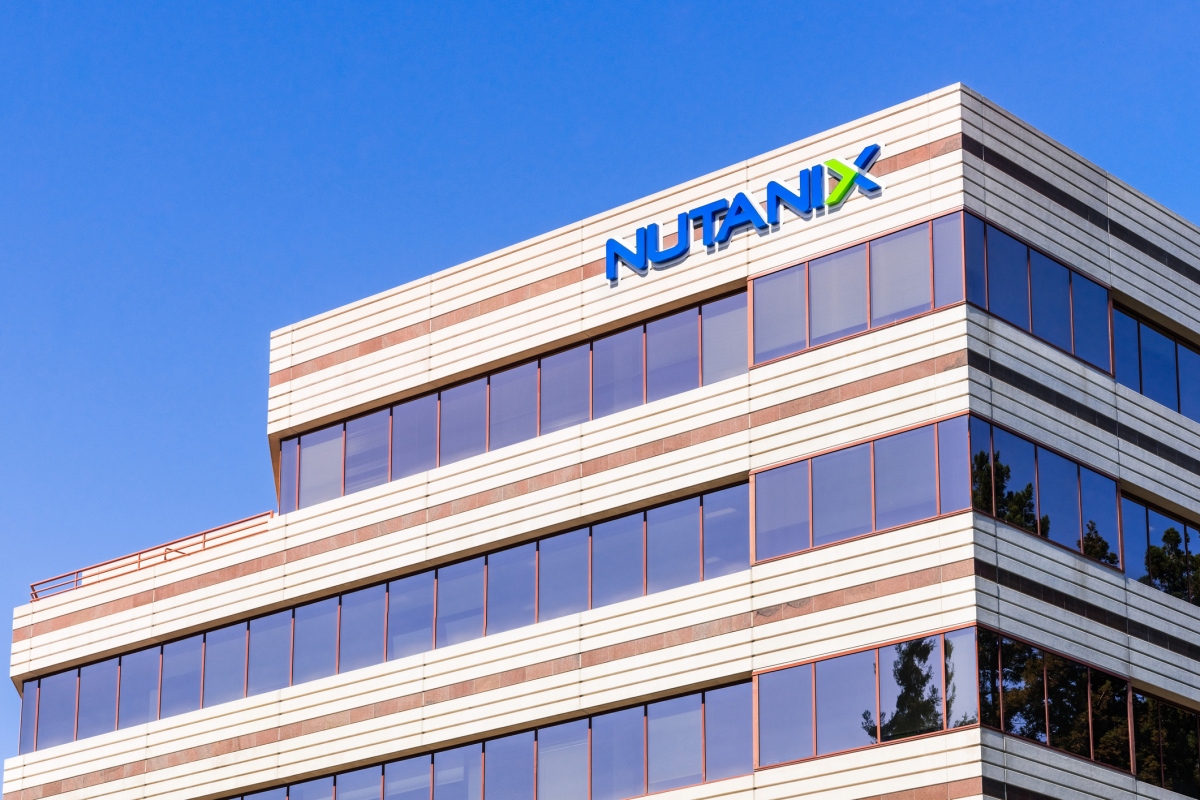Four years after being acquired by Microsoft, GitHub keeps doing its thing • ZebethMedia
It’s been four years to the day since Microsoft closed its acquisition of GitHub, which at the time was mostly a code repository. Today’s GitHub looks quite a bit different, now that it added CI/CD tools with GitHub Actions and Codespaces as an online editor and compute platform, as well as various security tools and more. But according to GitHub CEO Thomas Dohmke, who took over from Nat Friedman a year ago, Microsoft has very much allowed GitHub to do what it does best. “We kept GitHub GitHub and it remains this independent entity within Microsoft similar to LinkedIn,” he told me. “I think we did a fantastic job with doing this and kept GitHub in its original form. You don’t see more Microsoft in GitHub.com than you saw four years ago and that has helped us to continue to grow and we’re very excited where this is going.” He noted that GitHub has continued to receive the same support from Microsoft’s leadership team, including CEO Satya Nadella, over the years. “Microsoft has not forgotten why we did the deal in the first place and what the important pillars of the deal are. The first and foremost principle is to put developers first. And that is what we do every day,” Dohmke said. But, he also acknowledged that Microsoft is a big company and that people sometimes have their own ideas of what the Microsoft/GitHub relationship should be like. So far, though, it seems like the leadership on both sides has been able to keep those ideas at bay. Dohmke noted that GitHub has obviously benefited from Microsoft’s sales prowess, which helped it land a number of big accounts. That surely also helped the company get to the $1 billion annual recurrent revenue it announced yesterday. Dohmke said that he believes GitHub would’ve likely reached this milestone as an independent company, too. “I’m generally an optimistic person,” he said. “So any company can get there if they just stay focused on their mission. The biggest challenge that companies have once they get to a certain size is focus.” Today’s GitHub is obviously in a different position than the GitHub of four years ago. Its product portfolio, for one, has expanded quite a bit with projects like CodeSpaces and, most recently, Copilot. “I think I will have achieved my mission as CEO if we generate happy developers — happy developers who enjoy doing their job and that don’t see security, compliance and accessibility as a burden but as part of what makes them happy and what gets them to perform in their life,” Dohmke said. And projects like this are clearly a part of that. “I think, what we’re doing here is we’re disrupting ourselves with AI, with Copilot and with Codespaces, he added. “Those are all new investments that are away from the traditional GitHub — the old-school GitHub that had repos and issues and wikis — and keep pushing the boundary of what we believe is possible.” But, he also stressed, this isn’t just about big announcements and flashy events, but also focusing on the little fixes and features that may be just as important to keep developers happy. “I think that’s our superpower: that we can balance the tiny bits with big wins and the big disruptions to our own business.”









